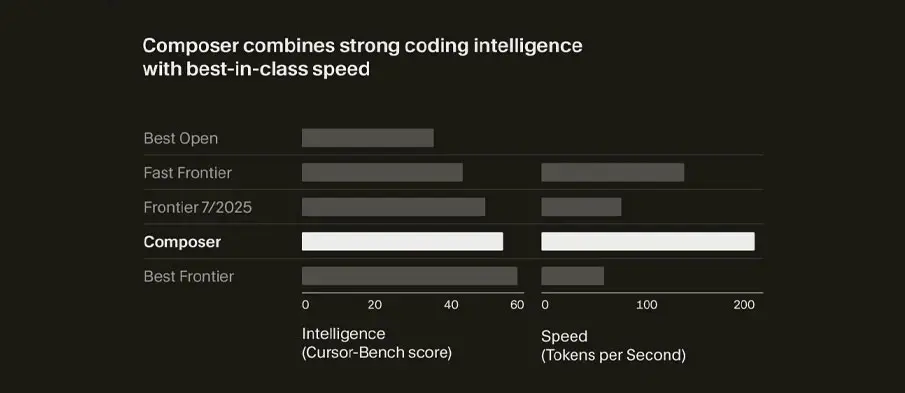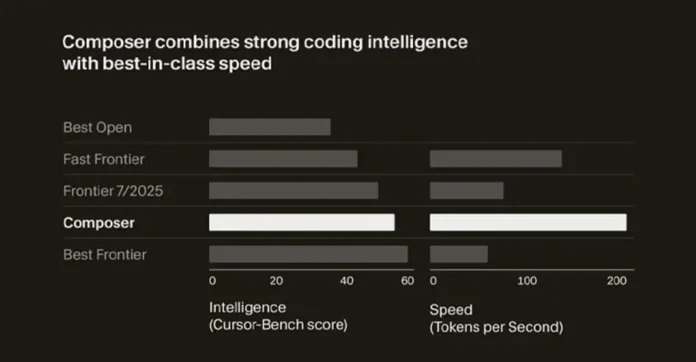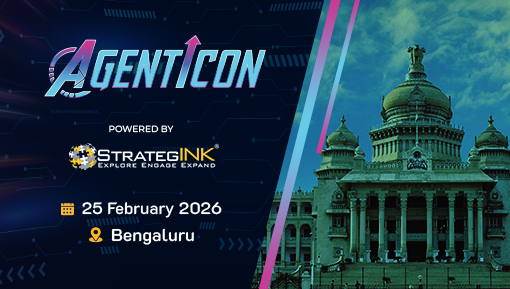
Cursor has unveiled version 2.0 of its AI-powered coding platform, introducing powerful upgrades that allow developers to run up to eight coding agents simultaneously in isolated environments. The latest release marks a major leap in AI-driven software development, emphasizing speed, collaboration, and enterprise readiness. At the heart of the update is Composer, Cursor’s first proprietary AI model built specifically for low-latency coding.
Unlike traditional IDEs that focus on file-based workflows, Cursor 2.0 now organizes development around agents, enabling parallelized problem-solving and faster task execution. The platform also introduces enhanced collaboration tools, making it easier for teams to coordinate AI-driven coding efforts across projects.
Composer represents a significant innovation for Cursor — a mixture-of-experts model trained through reinforcement learning, designed to deliver rapid and efficient code generation. The company claims it achieves 4x faster performance than comparable models with sub-30-second task completion. Trained in real-world coding environments and scaled across thousands of NVIDIA GPUs, Composer minimizes redundant responses and optimizes speed through parallelized tool use, ensuring seamless, real-time interaction between human developers and AI agents.
Beyond performance enhancements, Cursor 2.0 introduces enterprise-grade capabilities, including sandboxed terminals for secure execution, administrative management controls, and integrated voice command support to streamline workflows. These features aim to make the platform suitable for professional development teams operating in secure or large-scale environments.
While models like GPT-5 and Sonnet 4.5 outperform Composer on certain benchmarks, Cursor asserts that Composer offers the fastest interactive coding experience available today. This focus on responsiveness and task-specific optimization differentiates it from more generalized AI models, making it ideal for iterative software development and debugging cycles.
Additionally, the update includes shareable team commands and improved prompt management, allowing teams to build, reuse, and refine collaborative workflows efficiently.
With Cursor 2.0, the company positions itself at the forefront of AI-assisted programming — combining intelligent agent-based coding, ultra-fast model performance, and robust enterprise functionality to deliver a next-generation IDE built for the era of collaborative AI development.





